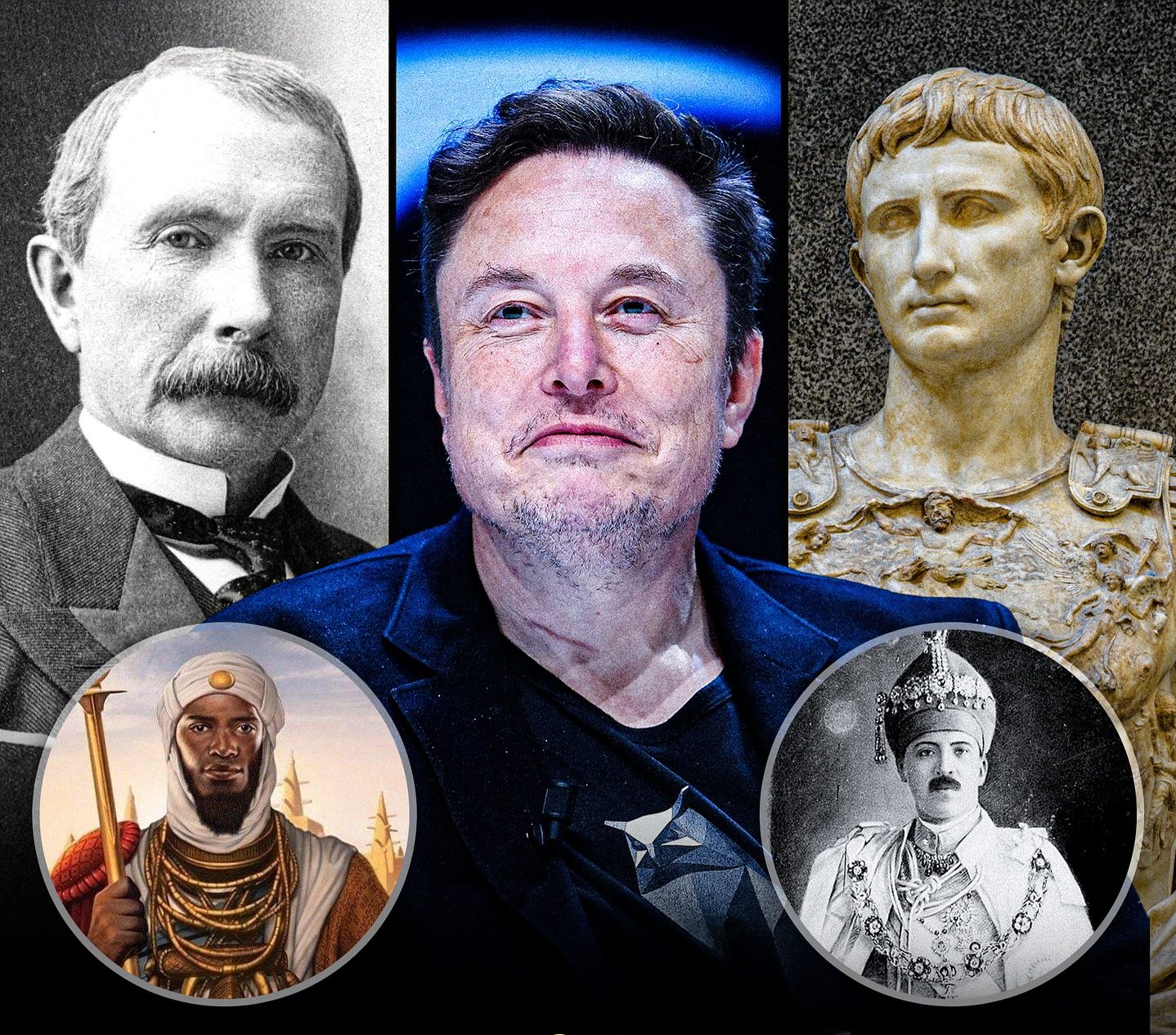Sometimes I find myself staring at headlines about Elon Musk’s ever‑rising net worth and wondering how that compares to the ancient rulers who hoarded kingdoms and gold. What could a king from a thousand years ago be worth, in today’s money? It sounds wild, but when you stack it all up, the wealth of these figures isn’t just big—it’s unimaginable.
Let me take you on a journey through time and treasure, telling the story of nine legendary figures in order from the “smallest” fortune to the richest of them all.
Mir Osman Ali Khan – $230 Billion
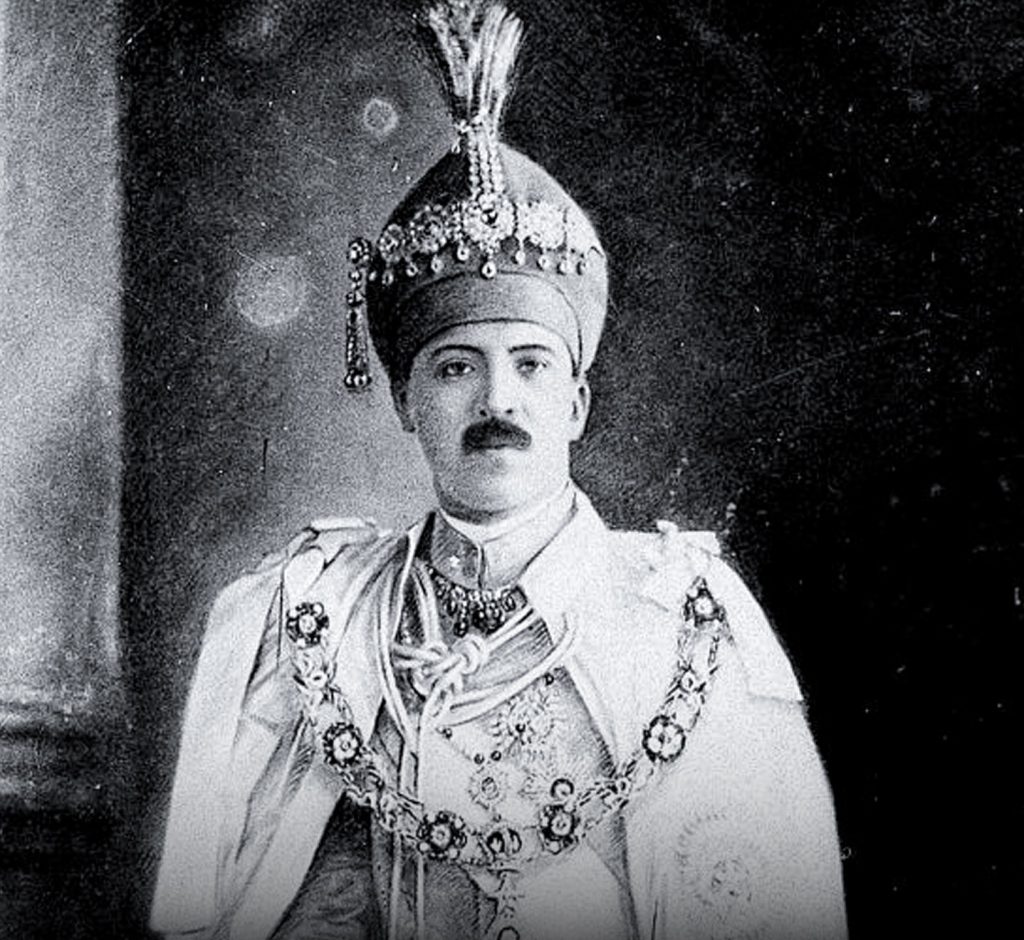
Starting with the wealthiest modern monarch, Mir Osman Ali Khan, the last Nizam of Hyderabad, India. He ruled mid‑1900s and was known for his immense riches. Today, that wealth would be around $230 billion. He owned real estate, diamonds (yes, the Jacob Diamond used as a paperweight), and a fortune amassed from taxes and gifts. It’s rare today to imagine a king richer than today’s billionaires—but he was.
John D. Rockefeller – $340 Billion
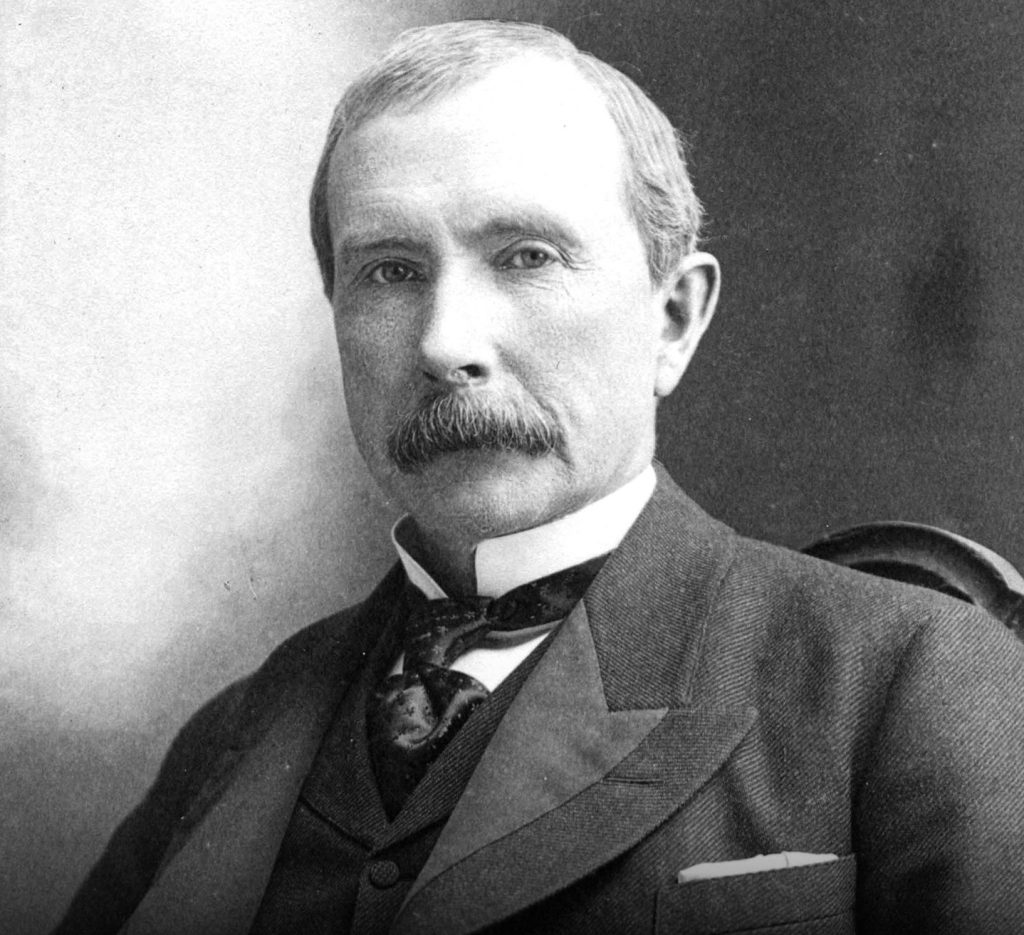
Fast forward to early 20th century America. Rockefeller, the oil tycoon, literally became the richest man in the modern world. His Standard Oil empire was massive. In today’s money, he’d be over $340 billion. He became synonymous with money itself, and after giving away most of it to charity, his legacy still looms as a symbol of wealth.
Elon Musk – $366 Billion

Then there’s Elon Musk, the richest man alive today. He topped $366 billion at his peak, thanks to Tesla, SpaceX, ventures big and small. A modern king of tech and ambition, Musk’s fortune might be dwarfed by ancient emperors—but for now, he’s the richest person actually living.
Mansa Musa – $400 Billion
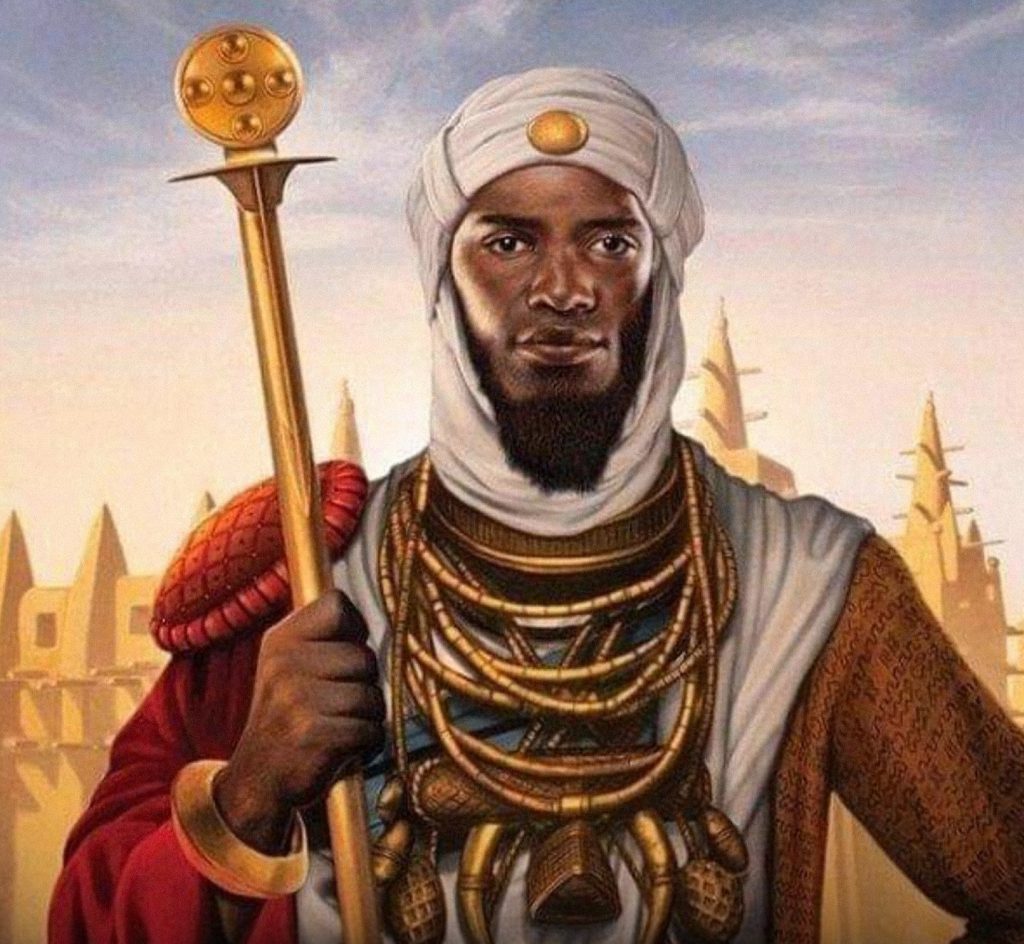
Now, rewind to the 1300s in West Africa. Mansa Musa ruled the Mali Empire, a place overflowing with gold. His legendary pilgrimage to Mecca, giving and spending along the way, overheated economies across North Africa. His modern‑value fortune? Around $400 billion. He was generous, powerful, and a legend of history.
Augustus Caesar – $5 Trillion
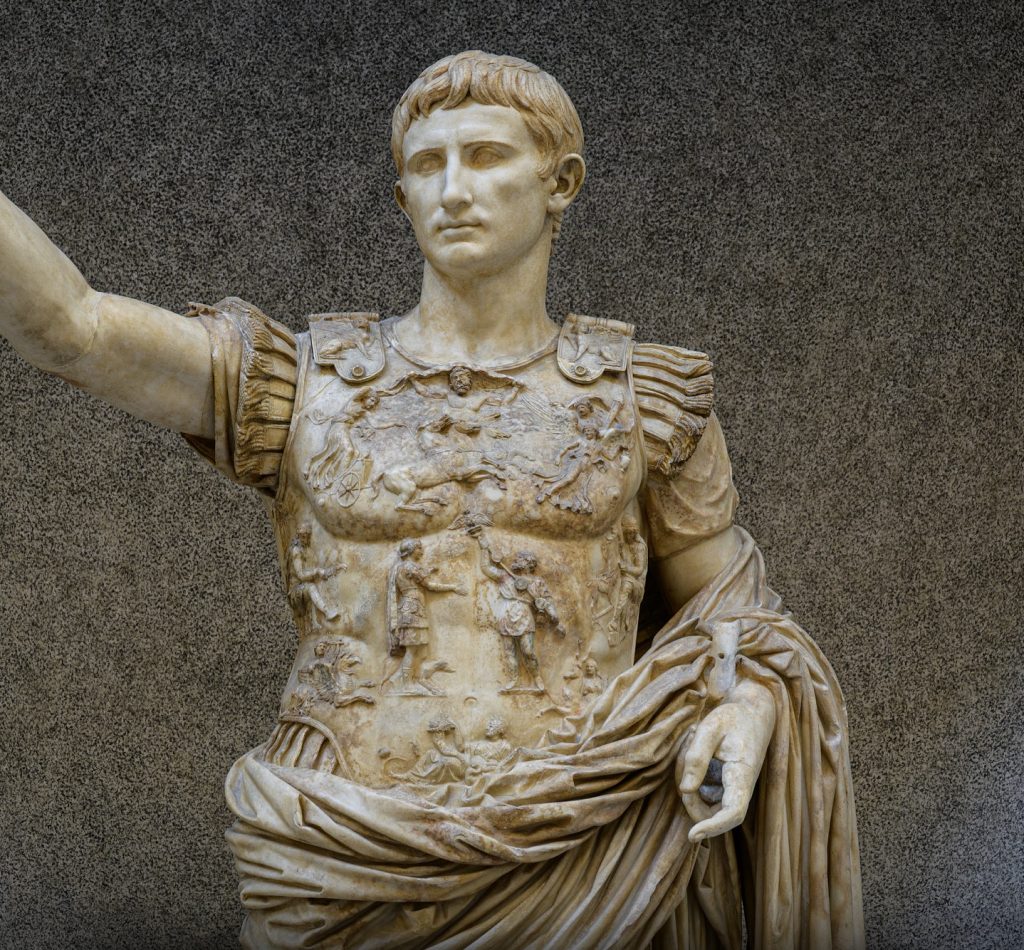
Enter ancient Rome. Augustus, the first Roman emperor, wasn’t counting dollars—but estimates peg his holdings at about $5 trillion. He literally owned a fifth of the Roman Empire. That includes farms, mines, trade routes, and ownership of the government’s finances. His power and wealth shaped a civilization and built roads and aqueducts that lasted centuries.
Akbar the Great – $25 Trillion
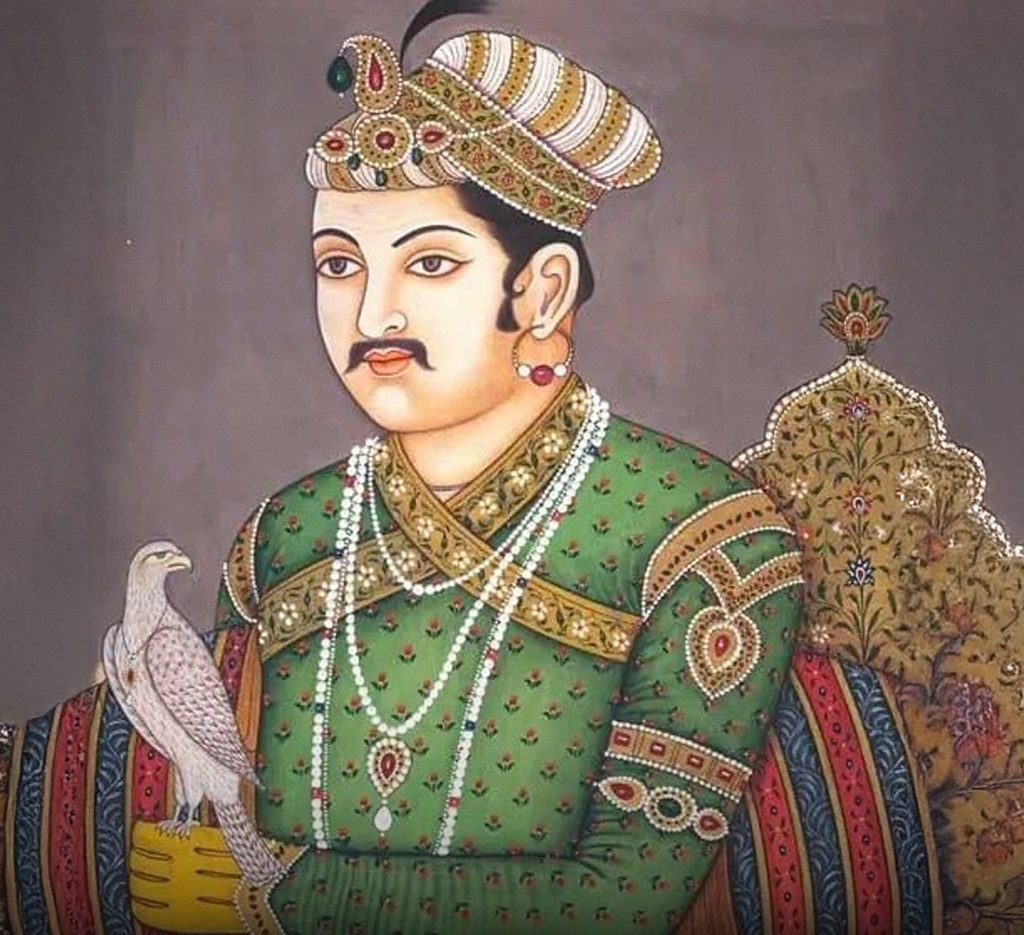
Jump to 16th‑century India and Akbar the Great, emperor of the Mughal Empire. An empire rich in land and taxes, his wealth was deep—an estimated $25 trillion today. He controlled 25% of the world’s GDP at the time, used his riches to build palaces, mosques, and an empire that changed history.
Empress Wu Zetian – $16 Trillion
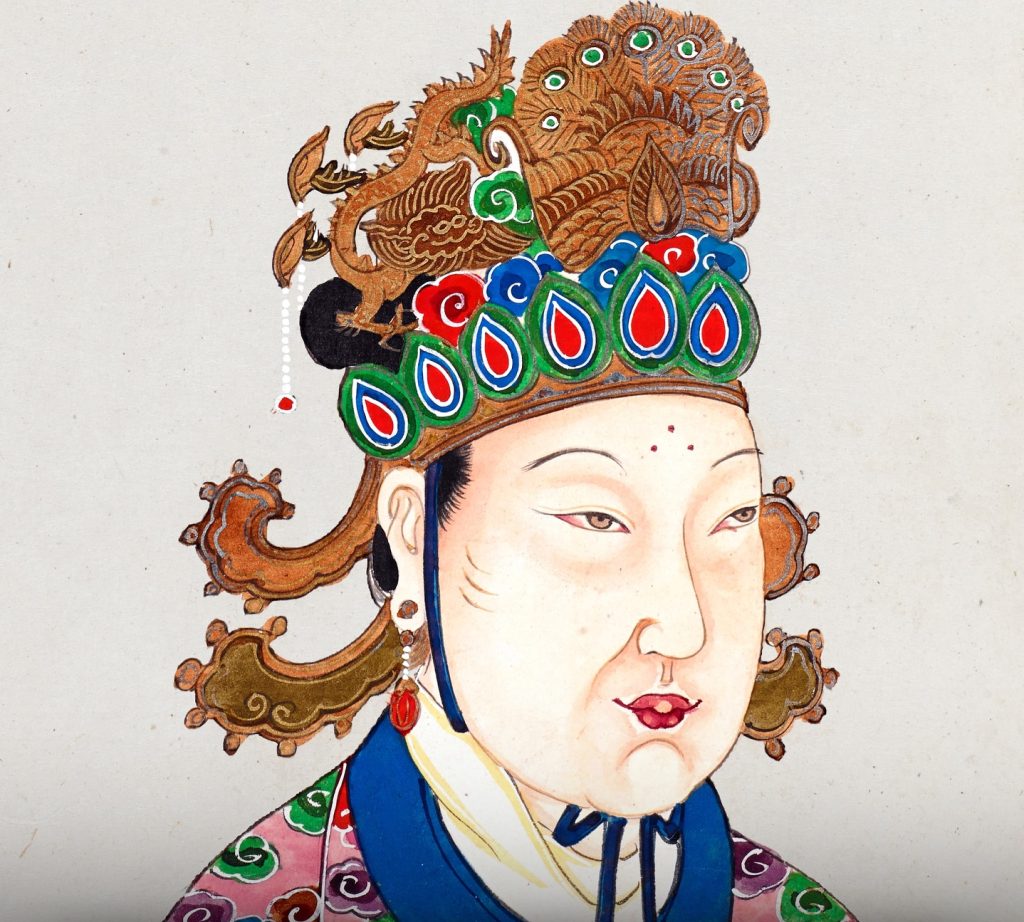
China’s own only female emperor, Wu Zetian, ruled grandly in the 7th and 8th centuries. She commanded an empire filled with land, taxes, wealth, and control—her modern‑day net worth is estimated around $16 trillion. She broke barriers, changed cultures, and her power was absolute in her era.
Emperor Shenzong of Song – $30 Trillion
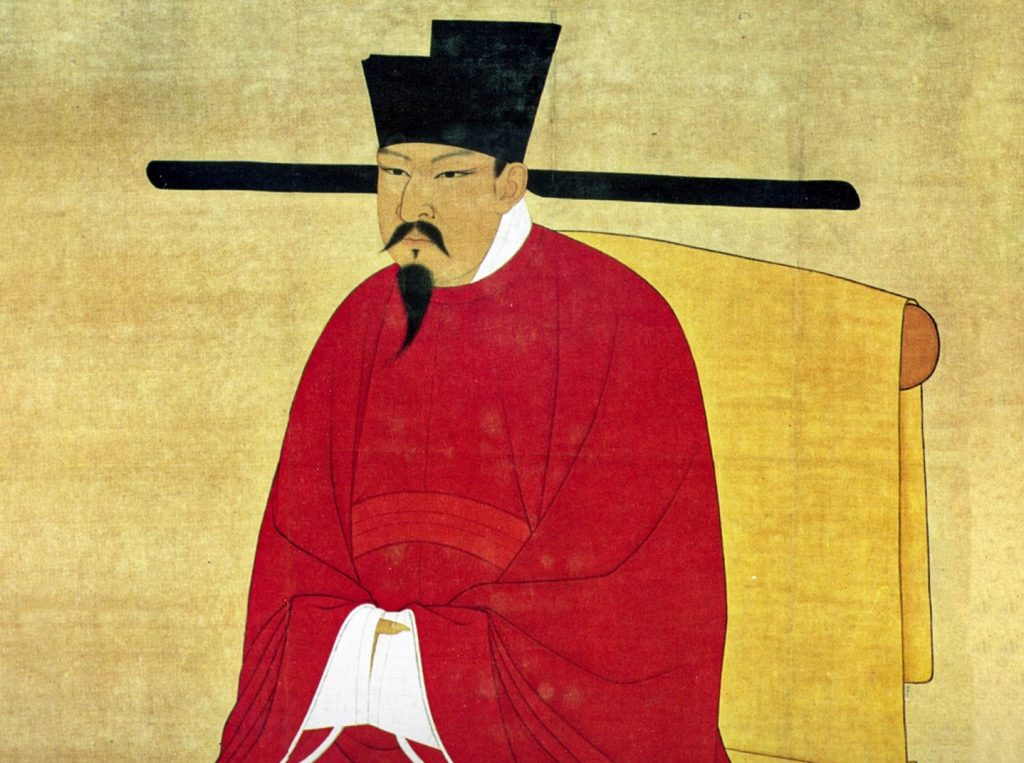
Another Chinese emperor, Shenzong ruled during China’s prosperous Song Dynasty. Thanks to strong trade, agriculture, and public works, his empire was booming. Historians estimate his modern worth at roughly $30 trillion—paid for through taxes, coins minted, and innovations in agriculture. That’s one sick bank balance.
Genghis Khan – $100 Trillion
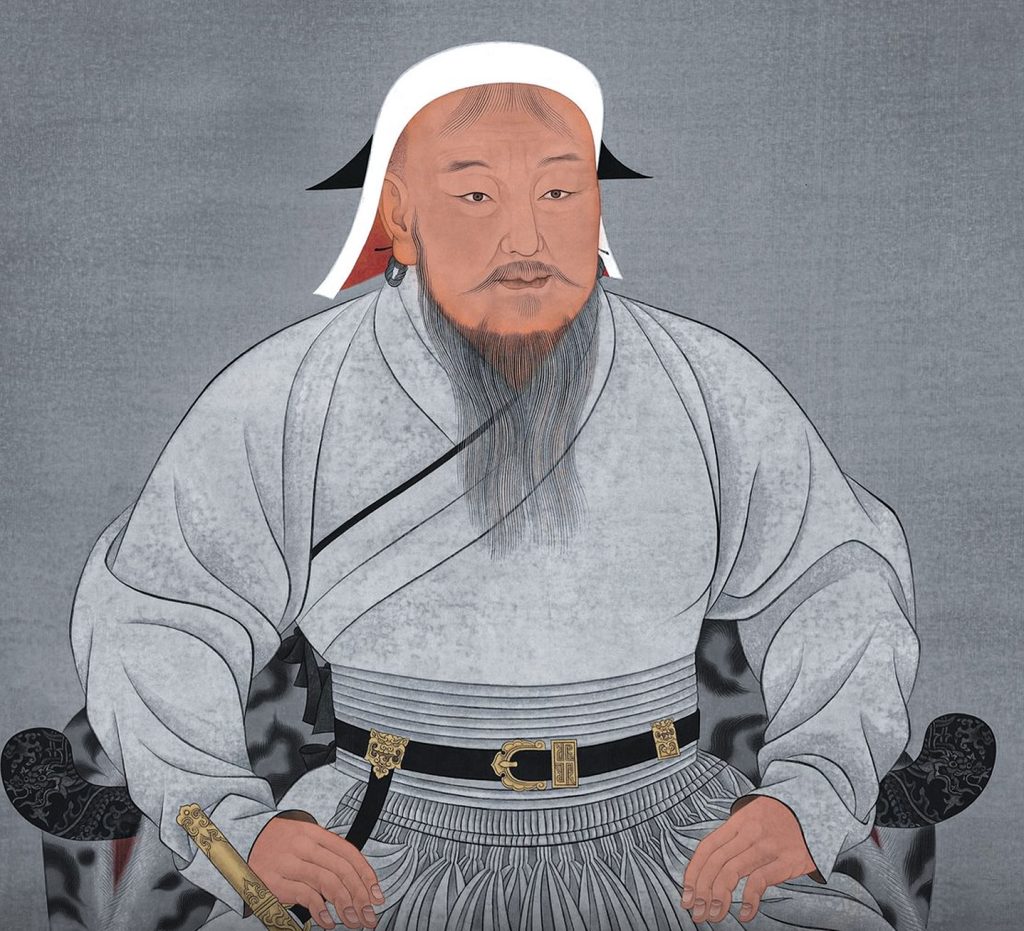
And finally, the richest of them all: Genghis Khan. A man of war, but also empire—he conquered and united vast swaths of Asia and Europe. His kingdom was massive, and if we translate land and wealth into numbers today, historians estimate his value at $100 trillion. That’s wealth so vast, it shakes your mind. He wasn’t handing out gold; he was handing out power.
Why These Numbers Matter
It’s easy to feel those dollar amounts are just numbers, but each one tells us something real about history and power.
First, wealth isn’t just cash. For ancient rulers, it was land, armies, mines, crops, and taxes. Owning a nation meant owning its sun and rain, its people’s work, and its future.
Second, compare that to modern billionaires who own companies, stock shares, and patents—but not entire economies. When someone today hits $300 billion, it’s big. But for Augustus or Genghis Khan? That was just the tip of the iceberg.
Third, these numbers connect past to present. They show that power and wealth shaped history long before we had dollar bills. Kings built empires, funded art, fought wars. Their money shaped religion, culture, even the borders we see today.
Finally, it reminds us that extreme wealth can come from different sources. A tech founder accumulates shares. An emperor collects grain. A conqueror seizes land. And while some modern billionaires are praised for philanthropy, their wealth is dwarfed by those older figures simply by scale.
What It All Means for Us
Thinking of wealth on this scale—$100 trillion—is hard to wrap your head around. But I like to imagine this: if Genghis Khan had all that money today, he could buy every company on the S&P 500 and still have enough left over to give every person on Earth over $10,000. That’s insane power.
And yet, unlike modern billionaires who can do big things with foundations, most of that ancient wealth went into armies, palaces, wars, taxes, or simply vanished with succession fights or empire splits. Money alone didn’t guarantee legacy—but it gave rulers the tools to shape the world their kids inherited.
Today’s billionaires live in a connected world. Their influence is global, but tied to technology, law, and markets. A tech billionaire’s wealth is digital, while ancient emperors held real earth. So different—but both shape our stories.

